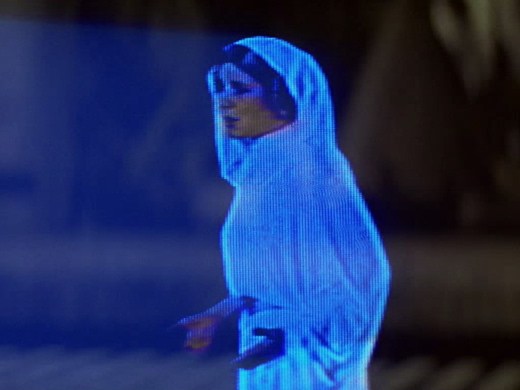
 I’m about 30% of the way through Catching Fire, the second book in the Hunger Games trilogy, and something that jumped out at me in the first volume is even more apparent in the glare of publicity around the film adaptation, starring Jennifer Lawrence, that comes out March 23: the uncanny precision of the saga’s send-up of media culture and celebrity.
I’m about 30% of the way through Catching Fire, the second book in the Hunger Games trilogy, and something that jumped out at me in the first volume is even more apparent in the glare of publicity around the film adaptation, starring Jennifer Lawrence, that comes out March 23: the uncanny precision of the saga’s send-up of media culture and celebrity.
What stands out on first encounter with the story of Katniss Everdeen are, of course, other things. There’s the breathless, adrenalized competition for survival represented by the eponymous games themselves — a mashup of pop-culture nightmares familiar from other sources, primarily Battle Royale and Stephen King’s early novels (written as Richard Bachman) The Long Walk and The Running Man. Even earlier pre-texts include William Golding’s Lord of the Flies and Nigel Kneale’s BBC one-off Year of the Sex Olympics (1968); but it took The Hunger Games to reconfigure the basic scenario of people-preying-on-other-people-for-a-mass-audience around the subjectivity of a young female protagonist: final girl as must-see TV.
My own attention is captured more by the trilogy’s portrait of its totalitarian state, the nation of Panem, which arises after the U.S. has been hobbled by a vaguely-defined catastrophe. As dystopian futures go, Panem’s mechanisms of tyranny merge the historical forms of domination mapped by Michel Foucault in Discipline and Punish: there are thugs with guns enforcing martial law, but there are also elaborate, interlocked systems of surveillance and broadcast media in which Panem’s subjects live under a constant scrutiny whose public facets are the garish electronic proscenia of show biz.
Hardly surprising, given author Suzanne Collins’s explanation of the story’s origins; like Raymond Williams in the early 1970s, Collins had her brainstorm while randomly channel-surfing. She noticed a disturbing resonance between reality TV and coverage of the invasion of Iraq, influences which lent her resulting work the dual immediacies of contemporary political conflict and an entertainment culture of last-person-standing competitions.
It is the latter portions of the trilogy that fascinate me the most, as Katniss is primped, costumed, and styled into a media star and emblem of Panem’s coercive patriotism. The funniest and most biting scenes involve the team of make-up artists and hairstylists who have been assigned the task of making her over; themselves a tattooed and ornamented bunch with rainbow-hued hair, the entourage gives Collins — via Katniss — a chance to comment mordantly on the fixations of fame, often figured through torturous transformations of Katniss’s face and body, making literal John Updike’s characterization of celebrity as “a mask that eats into the face.”
It’s hard not to think of Katniss’s split between public persona and private space — a space that, in the Hunger Games, is implicitly subversive, even treasonous — when looking at this week’s coverage of the movie’s rollout. “Jennifer Lawrence steals the show at ‘The Hunger Games’ premiere,” writes Access Hollywood, in gushing tones that could have come straight from the clown-crayoned mouth of Effie Trinket. “Jennifer Lawrence stuns the crowd in a golden Prabal Gurung gown at ‘The Hunger Games’ premiere where she chats with Access’ Shaun Robinson about how her life has changed for better and worse since taking on the role of Katniss.”
Jason Mittell wrote recently about “inferred interiority,” that intersubjective artifact of serial storytelling in which the limitations of visual media to present a character’s inner life are compensated for by the viewer’s store of knowledge accumulated through exposure to and study of previous episodes. Reading this effect transmedially and paratextually — not, that is, along the solitary throughline of a single serialized fiction, but along the perpendicular axes of an actor’s larger intertextual existence, along with that of the characters they play — it’s hard not to infer beneath Lawrence’s smiling face the subtle signs of Katniss’s resistance to her own commodification through beautification.
The critical comparisons that unfold from this odd collision of realities range from the similarities between Panem and current political culture (not exactly a huge leap, given the frightening religiosity and hard-line social conservatism of the Republican presidential candidates) to the relentless spectacularization of young women’s bodies in both fictional and actual frameworks — the disciplinary operations of patriarchy marked in the one and unmarked in the other. The artistic merits of the Hunger Games franchise aside (and for the record, I’m enjoying the books and looking forward to the film), it has succeeded, like all good dystopian SF, in collapsing a certain distance between the reassuring rituals of our daily life and the troubling trends that lurk beneath its painted-on smiles.


